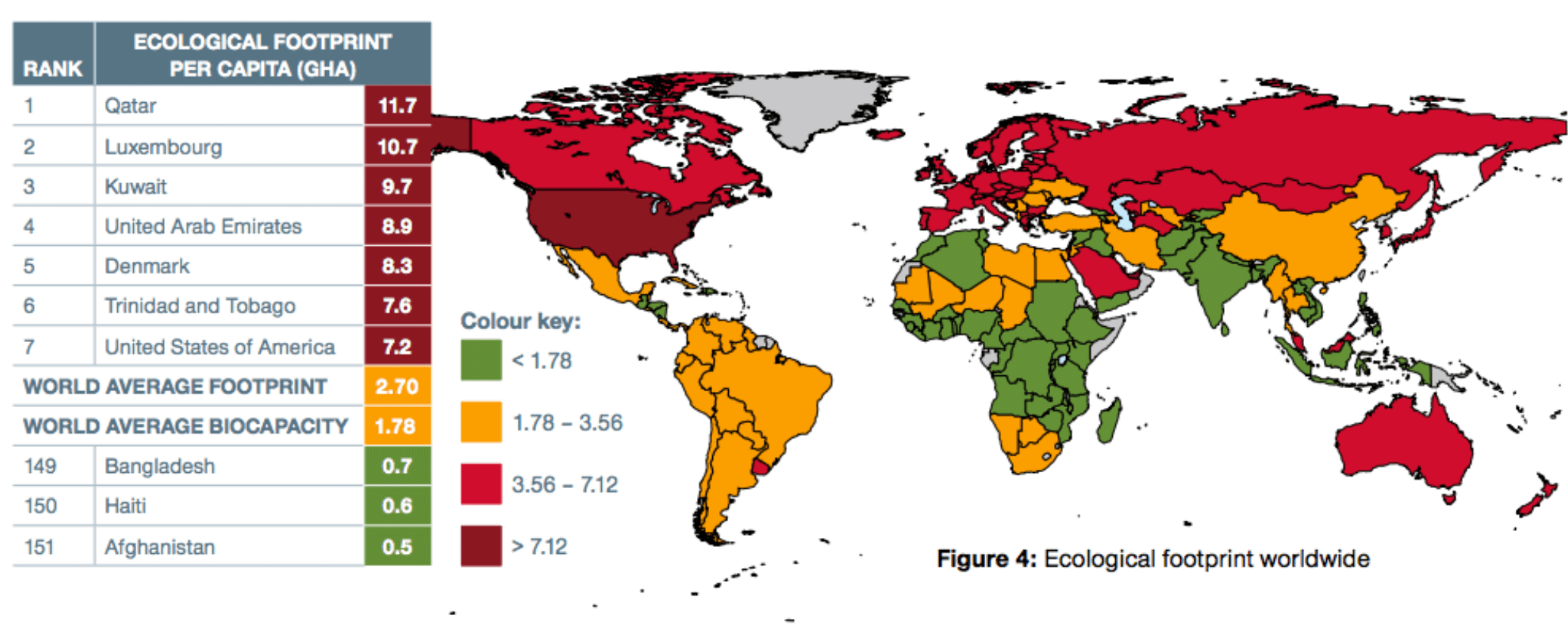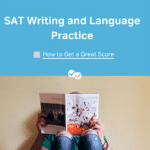With the big recent changes to the SAT, you might be feeling a little out of the loop if you already put in practice time with the old SAT format. Not only is the format different, but many of the types of questions asked are even a little bit different, especially on the new SAT Writing. Wouldn’t it be amazing if there was some way you could practice the type of questions on the new SAT?
Surprise, surprise, Magoosh is here to help with a new SAT Writing QUIZ! Practice questions? You got it! Answer explanations? We have that too!

The SAT will include several passages similar to the following, and you’ll need to correct the sections that are in bold. Remember that on the real SAT, these will be underlined. If you’re ready to get quizzing, read on!
New SAT Writing Quiz

“There is no planet B”. This slogan has become widely mentioned recently in relation to COP21, the United Nations conference on climate change in Paris, highlighting that debates about climate change relates to much more than simply a changing climate. The underlying processes have a lot to do with our lifestyles and the related patterns of consumption and waste which cause severe damages to the environment–including the global climate. The ecological footprint shown in the following map examines the impact that humanity has on our planet:
The human impact on the Earth is only increasing, according to this image. It is estimated that we exceeded what Earth’s ecosystems are capable of renewing in 1970. While, much of the wealthy world especially in Europe and North America lives rather unsustainable lives, the still growing populations on the African continent but also in the world’s second largest country of India still live within Earth’s environmental means. What example is the rich world providing these future generations for the future of our planet?
Question 1
Line 3: “…climate change relates to much more…”
- a. NO CHANGE
- b. related
- c. are relating
- d. relate
Question 2
Line 5: “…damages to the environment–including the global…”
- a. NO CHANGE
- b. environment; including
- c. environment: including
- d. environment. Including
Question 3
Which choice offers an accurate interpretation of the data in the map?
- a. NO CHANGE (“human impact on the Earth is only increasing, according to”)
- b. considerable differences between the nations become strikingly visible in
- c. nations south of the Equator need to improve their footprint, based on
- d. nation of Haiti will easily overtake Bangladesh in Ecological Footprint Per Capita within the next five years, according to
Question 4
What should be done with the bold portion? (“It is…1970.”)
- a. Keep it, because it provides specific evidence that humans have exceeded ecosystem resource limits
- b. Keep it, because it is an important clarification about ecosystem renewability
- c. Delete it, because it repeats the assertion that humans are overusing renewable resources
- d. Delete it, because it is inconsistent with the preceding and subsequent sentences
Question 5
Line 8:“While, much of the wealthy world especially…”
- a. NO CHANGE
- b. However,
- c. While
- d. Therefore
Explanation for Question 1
Here, it’s critical to realize that the subject corresponding to the verb “to relate” is not the word change. Rather, to relate matches with debates. Since “about climate change” is just specifying which debates, we need to find the verb that fits both the plural subject and the present tense, ruling out Options A (singular), B (past tense), and C (gerund -ing).
Explanation for Question 2
Punctuation will show up frequently. Remember that both periods and semicolons (Options B and D) separate independent clauses–both sides need to be a complete sentence. A colon (Option C) introduces a list, so our best bet is the dash already in place (Option A), which sets off extra information about the damages mentioned earlier in the sentence.
Explanation for Question 3
The map does not indicate anything time-related, so there is no way to tell whether variables will increase in the future, eliminating Options A & D. We can also eliminate Option C, because it is inaccurate–nations south of the Equator trend in a positive ecological direction, compared to nations north of the Equator. This leaves Option B. The map, which shows current ecological status of nations, does reveal differences among nations’ ecological footprint around the world.
Explanation for Question 4
The bold portion states that humans have exceeded environmental resources beyond what can renewed, but the bold lines do not provide any specific examples to prove that claim, so Option A is incorrect. The bold portion also does not clarify what exactly can or cannot be renewed, so Option B is incorrect. Now that we have determined to delete the sentence, we must decide why. Option C is incorrect, because it is the first time the passage has explicitly stated that humans have overused (exceeded) environmental resources. This leaves us with Option D. The sentence immediately following the bold portion makes more sense to follow the sentence before the bold portion, because it continues the discussion about which parts of the world are using more or less resources.
Explanation for Question 5
Transition words will show up often! Here, while is acting as an indicator of contrast to show a difference between resource usage in Europe/North America versus Africa. We need to keep that contrast, so we can eliminate “therefore” in Option D. Because we’re indicating a contrast within the sentence, instead of introducing the sentence, we can get rid of answers that include a comma within the choice, eliminating Options A and B. This leaves us with Option C.
Now that you’ve seen some common question types in action for the new SAT writing section, make sure to practice other SAT sections and question types!






Leave a Reply